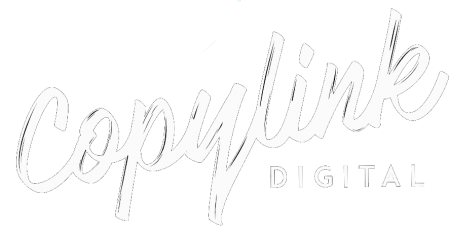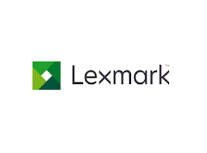Complete Office Solutions

Print Management - Photocopiers & Printers
We Are Market Leaders Reliable Professional Competitive Personable
Analogue and Digital Photocopiers – Although analogue technology is now all but obsolete; analogue refers to photocopiers that replicate an image using a process known as the “light lens” method. This technology offers far less flexibility than modern digital machines, as rather than scanning a document (or number of documents) and then printing an indeterminate number of copies with the saved data. Analogue machines can only cope with one image at a time and cannot be “networked” in the modern office sense.
RADF- This stands for automatic reverse document feeder; which is a document feeder capable of copying both sides of an original.
Automatic Document Feeder – This refers to a document feeder which automatically feeds a number of documents into the photocopier for copying. This is invaluable when copying large documents quickly is required.
Bridge Unit – This is an additional unit that some photocopiers require in order to use features like sorters or finishers.
Bypass Tray – A bypass tray allows the user to directly feed paper into the copier, without using one of the built-in trays. Bypass trays are usually only needed when using no-standard paper that is of a size or weight not suited to the copier.
Coated Paper – Often referred to as glossy; coated paper reacts slightly differently when ink is applied and thus can give a crisper image and a more professional look.
Consumables – This refers to the various types of printing “ink” or chemical developer that photocopiers apply to the paper when printing.
Continuous Copy Speed – As suggested, this refers to the speed at which multiple copies can be made by simply pressing the start key a single time.
Copies Per-Minute – Related to the above and often simply referred to as the copiers’ CPM; this simply denotes the number of standard A4 pages the photocopier can produce in 60 seconds.
Copy Size – This refers to the size of print area the copier is capable of producing. All copiers will have a maximum and minimum copy size.
Contrast Control – Contrast control allows the user to adjust overly light or dark images, so as to print a more balanced image. Often modern photocopiers will make automatic adjustments.
DPI – Stands for dots per inch and reflects the photocopiers resolution; the higher the DPI the better the quality of the copy.
Drum – The drum is the part of the photocopier that actually forms the image on the paper.
Duplex Copying – This is the technical term for double sided printing.
Fax Board – A fax board allows digital photocopiers to also act as fax machines.
First Copy Speed – This denotes the speed at which a copier can scan and print the first page of a given document.
Finisher – A finisher is an output catch tray, often with an automatic stapler incorporated.
Image Editing – This term refers to any digital alteration to the original image prior to photocopying. It can include but is not limited to: zooming, cropping and colour or contrast alteration.
Landscape / Portrait – Describes the orientation of the image printed. When landscape the bottom of the image will be parallel to the longest side of the page. Conversely, when printed in portrait, the base of the image will be parallel to the shortest side of the page.
Maximum Copy / Original Size – This is refers to the largest size page a photocopier can accept, either as an original or copy.
Originals Per-Minute – Sometimes referred to as simply OPM; is the number of original documents a photocopier can scan in 60 seconds.
Paper Size – As suggested this is the size paper that will be printed. The most common notation for paper size is the A – Series. All paper sizes starting A have an aspect ratio of 1 : v2 and A0 is designed to have an area of 1m2 . Here are the most commonly used sizes in the A- Series and their dimensions:
A0 – 841 x 1189mm
A1 – 594 x 841mm
A3 – 297 x 420mm
A4 – 210 x 297mm
A5 – 148 x 210mm
A6 – 105 x 148mm
Platen Glass – The platen glass is the glass area upon which the original document is placed for copying.
Simplex – As opposed to duplex, means single sided printing.
Finisher – When photocopying large documents, a Finisher can automatically receive and staple the different pages in the right order intofinished sets. Some Finishers can also staple into booklet form or fold documents.
Subtractive Primary Colours – These are the three primary colours that all modern printers mix in different quantities to create their infinite range of colour tones. Sometimes referred to with the abbreviation CMY, they are: cyan, magenta and yellow. The abbreviation CMYK refers to the three primary colours and black.
Tray Capacity – The tray capacity of any given photocopier refers to how many sheets of blank paper it can store ready for printing.
Weight – When referring to paper, weight refers to its thickness; which is usually given in gsm (grams per square meter).










